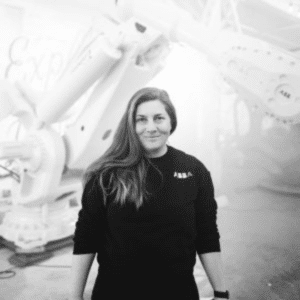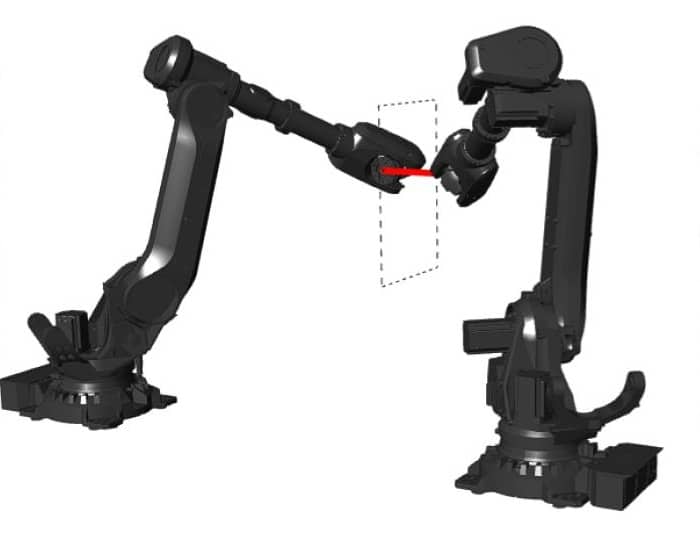
Credits: Madeline Gannon (ATONATON) / Autodesk
Industrial robots are conventionally programmed with software tools designed for reliability, precision, and repeatability. However, these workflows can be counterproductive in situations where real-time experimentation and problem solving needs to be the priority. For example, using industrial robots in dynamic environments—like construction sites—or for creative applications requires a level of spontaneous exploration and adaptation that can be very difficult to achieve with traditional CAD/CAM tools.
In this workshop, participants will learn how emerging live coding techniques can transform the way we engage with these powerful machines, and enable more dynamic and improvisational workflows. Through hands-on exercises, attendees will explore tools and techniques that allow for immediate feedback, iterative development, and a more fluid, creative approach to working with industrial robots. The focus will be on developing workflows that support rapid trial and error, hands-on discovery, and real-time problem-solving.
Topics covered include:
- Introduction to live coding principles
- Overview of tools & frameworks for real-time robot control
- Strategies for improvisational workflows with robots
- Safety considerations & best practices for dynamic environments
- Hands-on coding exercises & experimentation
Learning Objectives
At course completion the student will:
- Understand the limitations of traditional industrial robot programming.
- Learn live coding techniques for real-time robot control.
- Explore workflows that encourage rapid prototyping and iteration.
- Implement safety best practices for working with industrial robots in dynamic environments.








